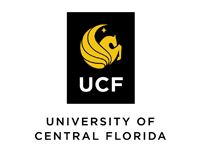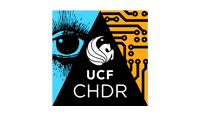Abstract
This paper presents a summary of the author’s doctoral dissertation, which examines the pervasiveness of storytelling in theme parks and establishes the theme park as a distinct narrative medium. It traces the characteristics of theme park storytelling, how it has changed over time, and what makes the medium unique. This was accomplished using a mixed methods approach drawing data from interviews with creative professionals, archival research, fieldwork, and an analysis of more than eight hundred narrative attractions. The survey of narrative attractions revealed the most common narrative expressions to be dark rides and stage shows. Source material tends to be cultural tales (legends, fairy tales) or intellectual properties (generally films). Throughout major periods and world regions, setting, scenes, and visual storytelling are the most ubiquitous narrative devices. Three dozen techniques and technologies are detailed in this project. Significant impetuses for narrative change over time are the advent of technologies, formalization of the industry, explicit discourse on storytelling, formation of design philosophies, and general convergence of media. There are at least a half dozen key distinctions in theme park narratives compared with other mediums: dimensionality, scale, communality, brevity, a combinatory aspect, and a reiterative nature. Also significant is that creative professionals view themselves as storytellers, purposefully design with narrative systems, embed them in spaces, and participate in public dialogue surrounding narrative and design principles.
Creative Commons License

This work is licensed under a Creative Commons Attribution-NonCommercial-No Derivative Works 4.0 International License.
Recommended Citation
Baker, Carissa
(2018)
"Summary of exploring a three-dimensional narrative medium: The theme park as “de Sprookjessprokkelaar,” the gatherer and teller of stories,"
Journal of Themed Experience and Attractions Studies: Vol. 1:
Iss.
1, Article 1.
Available at:
https://stars.library.ucf.edu/jteas/vol1/iss1/1




